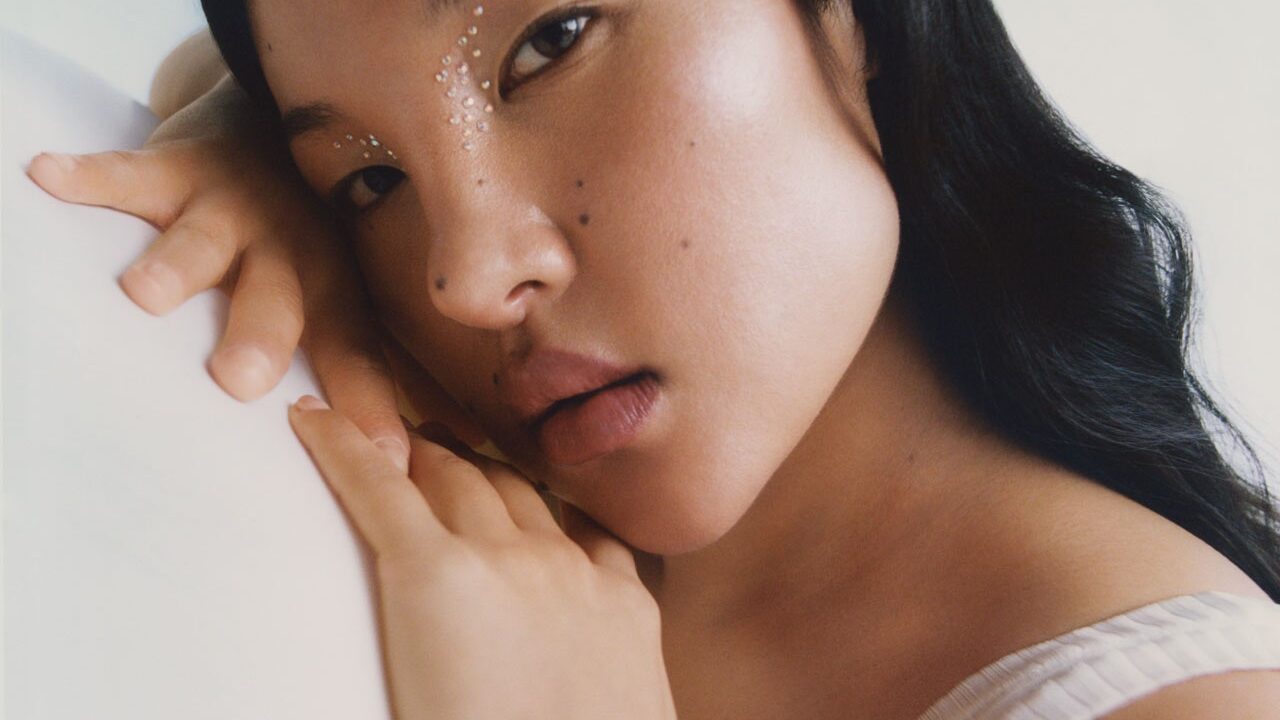As someone who loves wearing makeup, I had my cleansing routine down to a science. A quick swipe of micellar water, followed by a gel cleanser and hydrating moisturizer at night kept my skin happy and healthy. But everything changed when I moved to the outskirts of the city, extending my morning commute. Spending more time on the Tube instead of walking or taking a short bus ride meant more pollutants and grime had a chance to cling to my skin—gross, I know.
Of course, city dwellers are well aware that outdoor air isn’t exactly clean, thanks to vehicle emissions, heating systems, and construction work. To make matters worse, a University of Cambridge study found pollution levels are even higher on public transport, where particles linger due to poor ventilation, especially on station platforms.
It didn’t take long for me to notice my skin losing its glow and more clogged pores popping up. My quick cleansing routine just wasn’t cutting it anymore—I needed an upgrade. Having heard all the hype about double cleansing, I decided to give it a try. What did I have to lose?
### What is double cleansing?
Double cleansing involves two steps: an oil-based cleanser followed by a water-based one. The goal is to thoroughly remove makeup, SPF, and pollutants to prevent clogged pores and irritation.
Dermatologist Dr. Beibei Du-Harpur explains, “Double cleansing is essential when using heavy-duty products like longwear or waterproof makeup—the first cleanse should effectively dissolve oils. Some gel cleansers and micellar waters work well for this. The second cleanse should always be gentle and hydrating to avoid stripping your skin of natural oils and ensure no residue remains.”
A study from Sichuan University found that using a cleanser is far more effective than water alone. After one use of a cleansing oil, only 5.8% of residue remained, compared to 37% with a regular cleanser for waterproof sunscreen. With just water? A whopping 60% of residue stayed on the skin—definitely not ideal.
Here’s how my two-week experiment went.
### The Results:
Week One
As someone with oily skin, I was skeptical about slathering more oil on my face. But I was pleasantly surprised—my makeup melted off effortlessly, and the process felt oddly therapeutic. I used Elemis’s Pro-Collagen Black Cherry Cleansing Balm, which was a joy to apply, and barely made a dent in the tub after a week. For my second cleanse, I alternated between Sarah Chapman’s Rapid Radiance Cleanser (on heavy makeup days) and Cetaphil’s Gentle Skin Cleanser.
After cleansing, I applied two moisturizers: La Roche-Posay’s Effaclar Duo on problem areas (breakouts and blemishes) and Cetaphil’s Daily Hydrating Moisturizer everywhere else. I let everything absorb for 10-20 minutes before bed.
By day seven, my skin felt smoother, and I could tackle stubborn under-the-skin spots with pimple patches as soon as they surfaced. My complexion was still a bit dull (and a few clogged pores lingered), but overall, I felt refreshed and confident I’d removed most pollutants.
Week Two
I stuck to the same method but switched to Sunday Riley’s Aquamarine Melt Cleansing Gel-Balm as my oil cleanser. This lightweight formula was just as effective at breaking down makeup and grime without feeling heavy. My skin continued to improve—fewer breakouts, less congestion, and a brighter appearance.
By the end of the two weeks, double cleansing had become a non-negotiable part of my routine. My skin felt cleaner, looked healthier, and was far less prone to congestion. If you’re dealing with city grime or heavy makeup, it’s definitely worth a try.The product comes with a convenient pump, making it super easy and motivating to use after a long day or night out when all you want to do is crawl into bed. For my double cleanse routine, I stuck with Cetaphil—both the face wash and moisturizer—and noticed how soft my skin felt from the combination. By the end of the week, my face was noticeably calmer and free of the clogged pores that had been bothering me two weeks earlier.
One thing I’ve noticed is that my skin has been oilier throughout the day—it hasn’t caused breakouts, but sometimes it’s quite visible. It’s probably just my skin adjusting to the new routine, and I’d take a slightly shinier complexion over an irritated skin barrier any day!
### Final Thoughts
I’d recommend double cleansing for anyone who wears makeup or a heavy-duty daily SPF. Dr. Du-Harpur agrees, saying the method is very effective for “removing anything designed to cling to the skin.” If you don’t usually wear makeup or spend much time in a polluted city, a single cleanse should be enough. And what about triple cleansing? Not necessary at all. Overdoing it can damage your skin barrier—as the expert explains, “when you use cleansers with surfactants (which dissolve oil), you risk slightly disrupting the skin barrier.” And then you’d be back to square one—when all we really want is healthy, glowing, hydrated skin!
Products Mentioned:
– Elemis Pro-Collagen Cleansing Balm – $68 ($51 at Amazon)
– Cetaphil Gentle Skin Cleanser – $18 (Amazon), $17 (Ulta), $14 (Target)
– Cetaphil Daily Hydrating Lotion – $14 (Amazon)
– Starface Hydro-Star Pimple Patches – $15 ($10 at Amazon)
– La Roche-Posay Effaclar Mat Anti-Shine Face Moisturizer – $36 (Amazon)
– Sunday Riley Aquamarine Melt Hydrating Gel-Balm Cleanser – $48 (Nordstrom)
